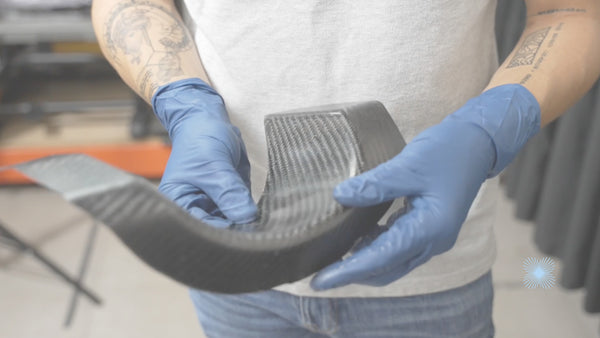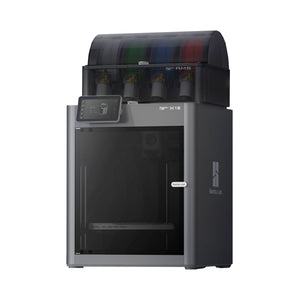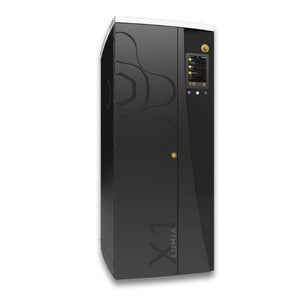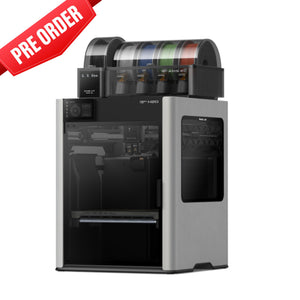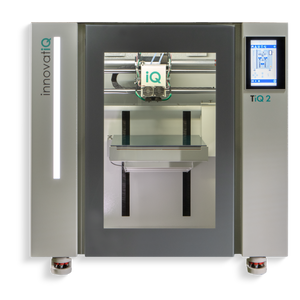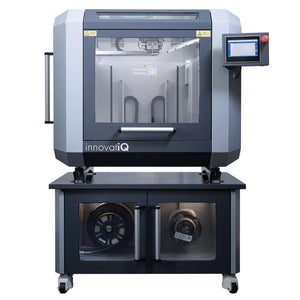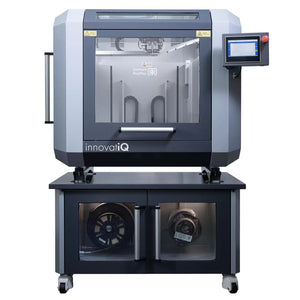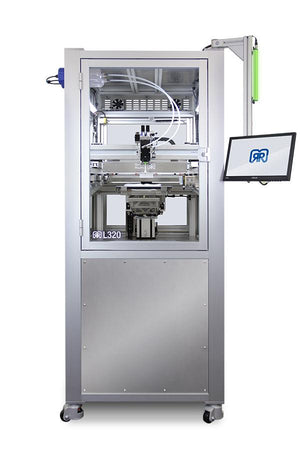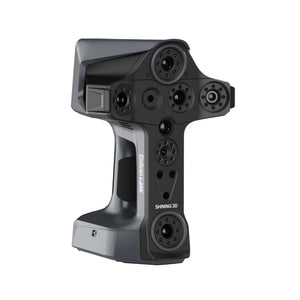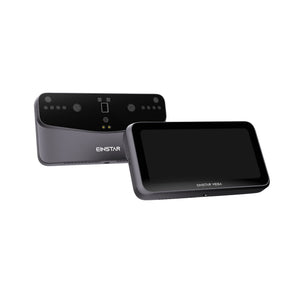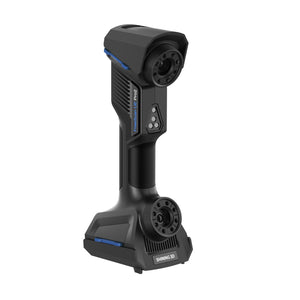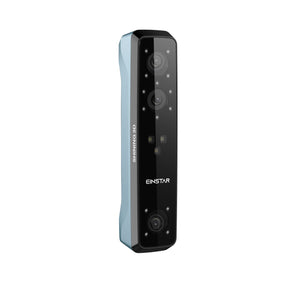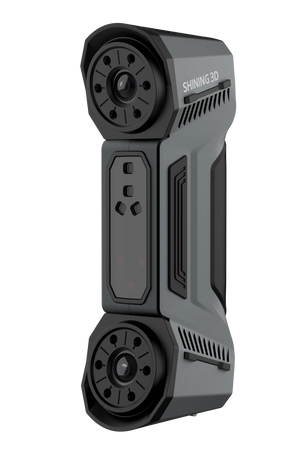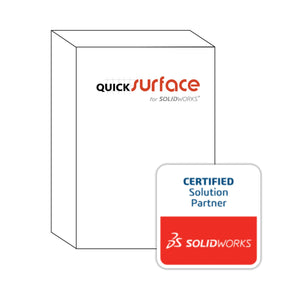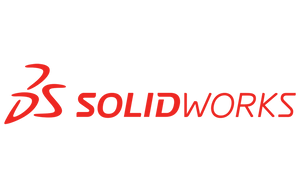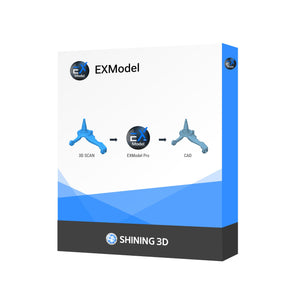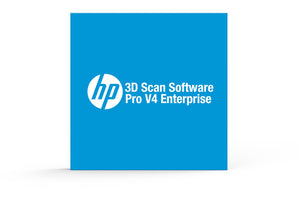Jul 18, 2023
How to Unlock Value & Reliability by 3D Printing Molds for Automotive Parts
In the world of custom car modifications, finding unique and effective solutions is crucial. This summer, Pedro from DC5 Association, reached out to 3DChimera to create a carbon-fiber temperature shield for their custom-made bumpers.
This use case showcases the power of 3D printing in revolutionizing traditional manufacturing processes and the value it adds to our customers in the automotive industry.
Identifying the Need
DC5, specializing in Acura RSX customization, recognized the untapped potential in designing and fabricating parts that were not readily available in the market. With a vision to add value to the industry, DC5 approached 3DChimera for their expertise in 3D printing and innovative solutions.

Designing the Mold
To ensure accurate dimensions and design precision, the first step was to scan the custom bumper. Julian, one of 3DChimera's in-house experts, performed a meticulous scan to capture every detail.

With the scan as a reference, the team delved into revisions and design iterations, collaborating closely with Pedro to incorporate his valuable insights, and using SOLIDWORKS to showcase each iteration. This collaborative approach ensured the mold design met the desired specifications and avoided the inconsistencies encountered previously.
The Material Choice
After finalizing the mold design, the material selected for 3D printing was PETG—a high-grade polymer-based filament. 3DChimera's custom-made PETG plastic, known for its excellent heat stability and absence of shrinkage, was the ideal choice for this project. Pedro appreciated the outstanding heat stability and consistent results achieved with PETG.
Successful Implementation and Future Prospects
Once the design was approved, the team proceeded to print the mold. Pedro then prepared the mold for production, and the results were remarkable. The 3D printed molds yielded consistent and flawless parts without any air bubbles. This success has ignited Pedro's enthusiasm for utilizing 3D printing for creating molds, which opens doors to a wider range of products and increased market value for his company.

The Hidden Applications of 3D Printing
This project exemplifies how 3D printing can serve as a valuable tool for creating traditionally hand-laid carbon-fiber parts. While the end product may not be a 3D printed part itself, the ability to leverage 3D printing for tooling and mold production is a game-changer. It offers organizations a cost-effective and efficient solution with a significant return on investment.
Conclusion
The collaboration between DC5 and 3DChimera showcases the immense potential of 3D printing in driving innovation and delivering tailored solutions. Whether it's printing parts or creating tooling, 3DChimera's expertise spans various industries, enabling organizations to unlock their growth potential. If you're seeking innovative solutions or exploring the untapped possibilities of 3D printing, don't hesitate to connect with 3DChimera. Together, let's shape the future of manufacturing!

